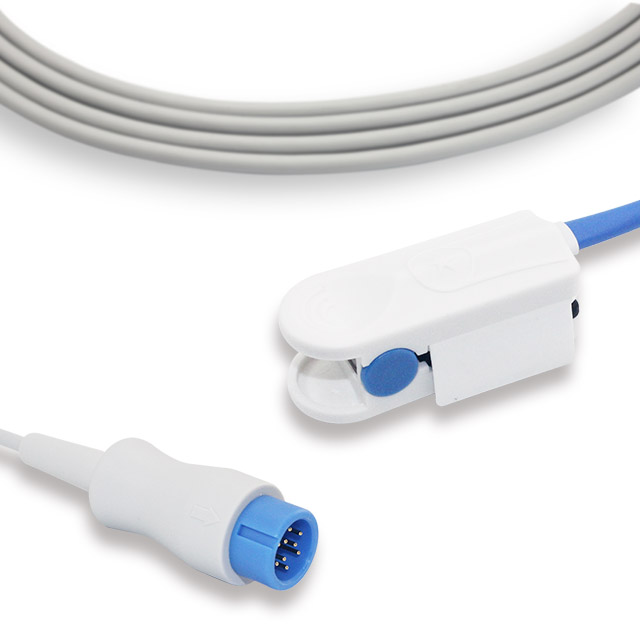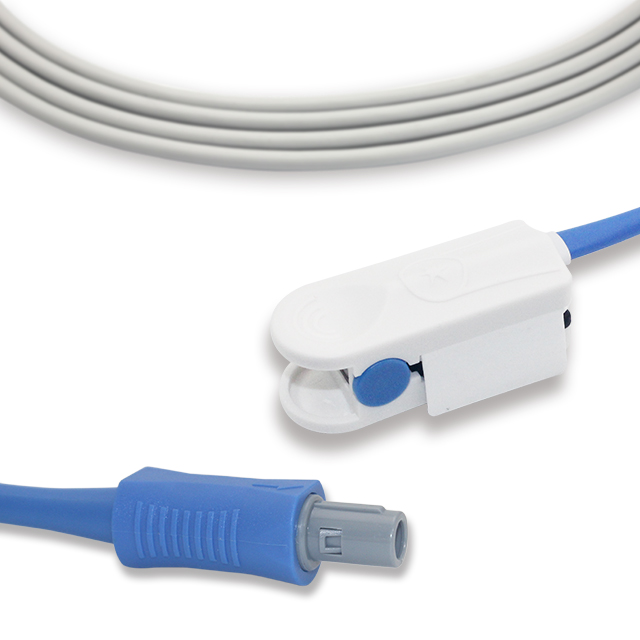News
Site Editor
 Site
https://medke.usa18.wondercdn.com/uploads/image/63d7b0e4f285a.png
In this article, we'll explore the versatile uses of SpO2 sensors and their significance in various healthcare scenarios.
Site
https://medke.usa18.wondercdn.com/uploads/image/63d7b0e4f285a.png
In this article, we'll explore the versatile uses of SpO2 sensors and their significance in various healthcare scenarios.
What Are the Applications of SpO2 Sensors?
Views: 331
Author: Site Editor
Publish Time: 2023-10-16
Origin: Site
In the realm of modern healthcare, SpO2 sensors have become an indispensable tool. These small yet powerful devices play a crucial role in monitoring a person's oxygen saturation levels. But what exactly are the applications of SpO2 sensors, and how do they impact our daily lives? In this article, we'll explore the versatile uses of
SpO2 sensors and their significance in various healthcare scenarios.
Understanding SpO2 Sensors
Before delving into their applications, it's essential to understand what SpO2 sensors are. SpO2 sensors, short for Peripheral Capillary Oxygen Saturation sensors, are non-invasive devices that measure the percentage of oxygen in your blood. They typically clip onto a finger, toe, or earlobe and work by emitting light through the skin to detect oxygen levels.
Applications in Healthcare
Clinical Settings: SpO2 sensors are a cornerstone of clinical care. Hospitals and healthcare facilities use them to monitor patients during surgeries, in recovery rooms, and in intensive care units. They provide real-time data on a patient's oxygen levels, helping healthcare professionals make critical decisions.
Chronic Disease Management: SpO2 sensors are vital for patients with chronic respiratory conditions like COPD and asthma. Regular monitoring at home enables individuals to track their oxygen saturation levels, giving them an early warning of potential issues.
Pediatric Care: In pediatrics, SpO2 sensors are used to monitor premature infants and newborns, especially those with respiratory problems. This non-invasive method allows for continuous monitoring without causing discomfort to the child.
Sleep Apnea Diagnosis: Sleep apnea is a common sleep disorder. SpO2 sensors are used to detect drops in oxygen levels during sleep, aiding in the diagnosis and treatment of this condition.
Fitness and Wellness: SpO2 sensors have made their way into the fitness and wellness market. Smartwatches and wearable devices often incorporate SpO2 sensors to provide users with real-time data on their oxygen saturation during physical activities.
COVID-19 Monitoring: Amid the global pandemic, SpO2 sensors gained prominence in monitoring COVID-19 patients at home. Early detection of oxygen saturation drops became crucial, helping patients seek medical attention promptly.
Choosing the Right SpO2 Sensor
When considering the applications of SpO2 sensors, it's important to choose the right one for your specific needs. Factors to consider include accuracy, compatibility with your device (smartphone or wearable), and ease of use. Consult with healthcare professionals for advice on selecting the best SpO2 sensor for your requirements.
Medke: Your Trusted Partner for SpO2 Sensors
In conclusion, SpO2 sensors have evolved into versatile and indispensable tools that extend beyond the boundaries of traditional healthcare. Their non-invasive nature, ease of use, and accuracy have allowed them to find applications in clinical settings, chronic disease management, pediatric care, sleep apnea diagnosis, fitness and wellness, and even the monitoring of respiratory health during the COVID-19 pandemic.
As technology continues to advance, it's likely we'll witness further innovative applications of SpO2 sensors in the near future. These devices have not only improved patient care but have also empowered individuals to take charge of their health and well-being by offering real-time oxygen saturation data at their fingertips.
For SpO2 sensors that meet the highest standards of quality and accuracy, turn to Medke – your trusted partner for SpO2 sensors. Our commitment to healthcare excellence ensures that our SpO2 sensors are trusted by professionals and individuals alike. Choose Medke for your SpO2 monitoring needs and experience the assurance of accurate and reliable oxygen saturation readings.
